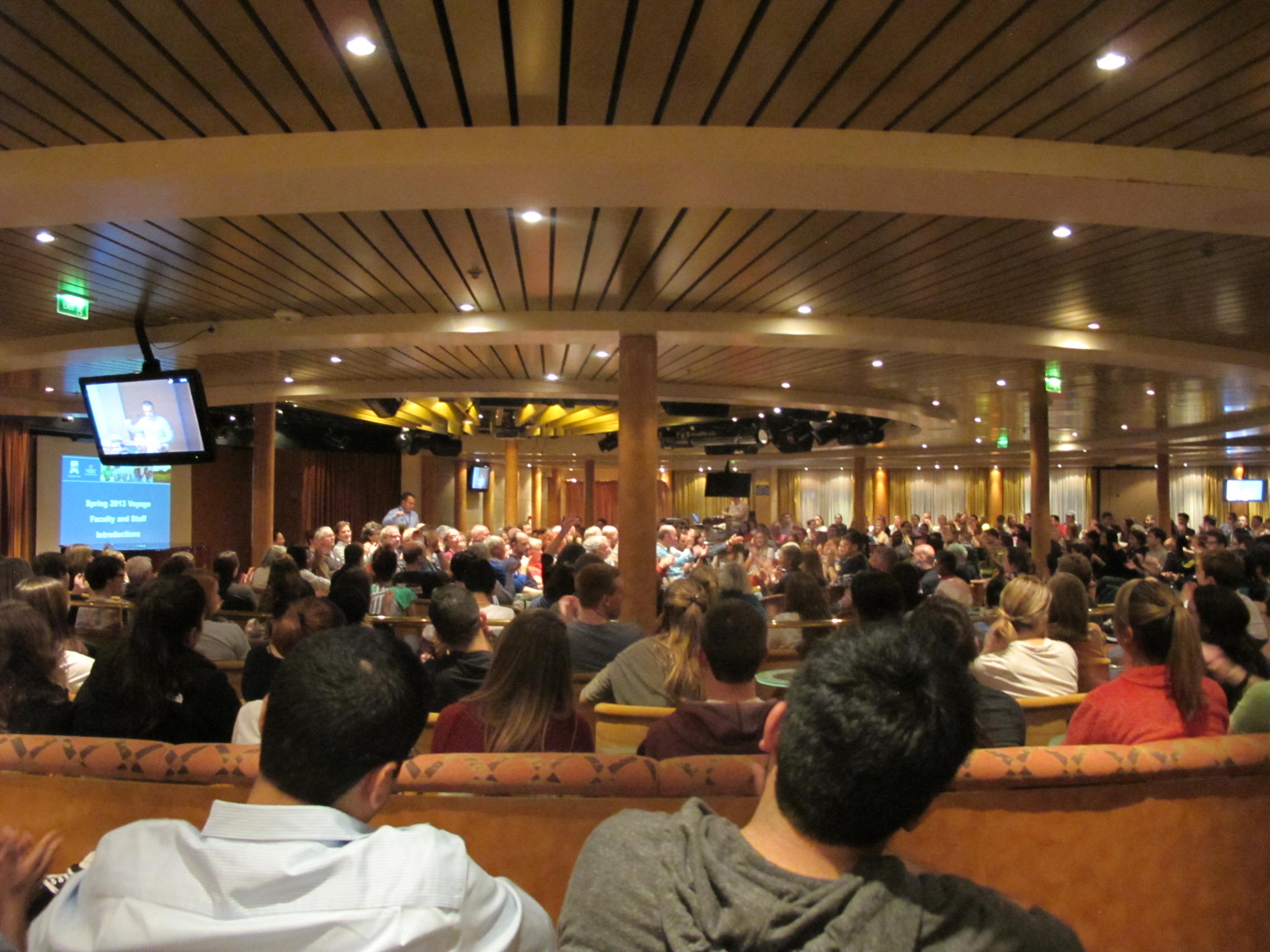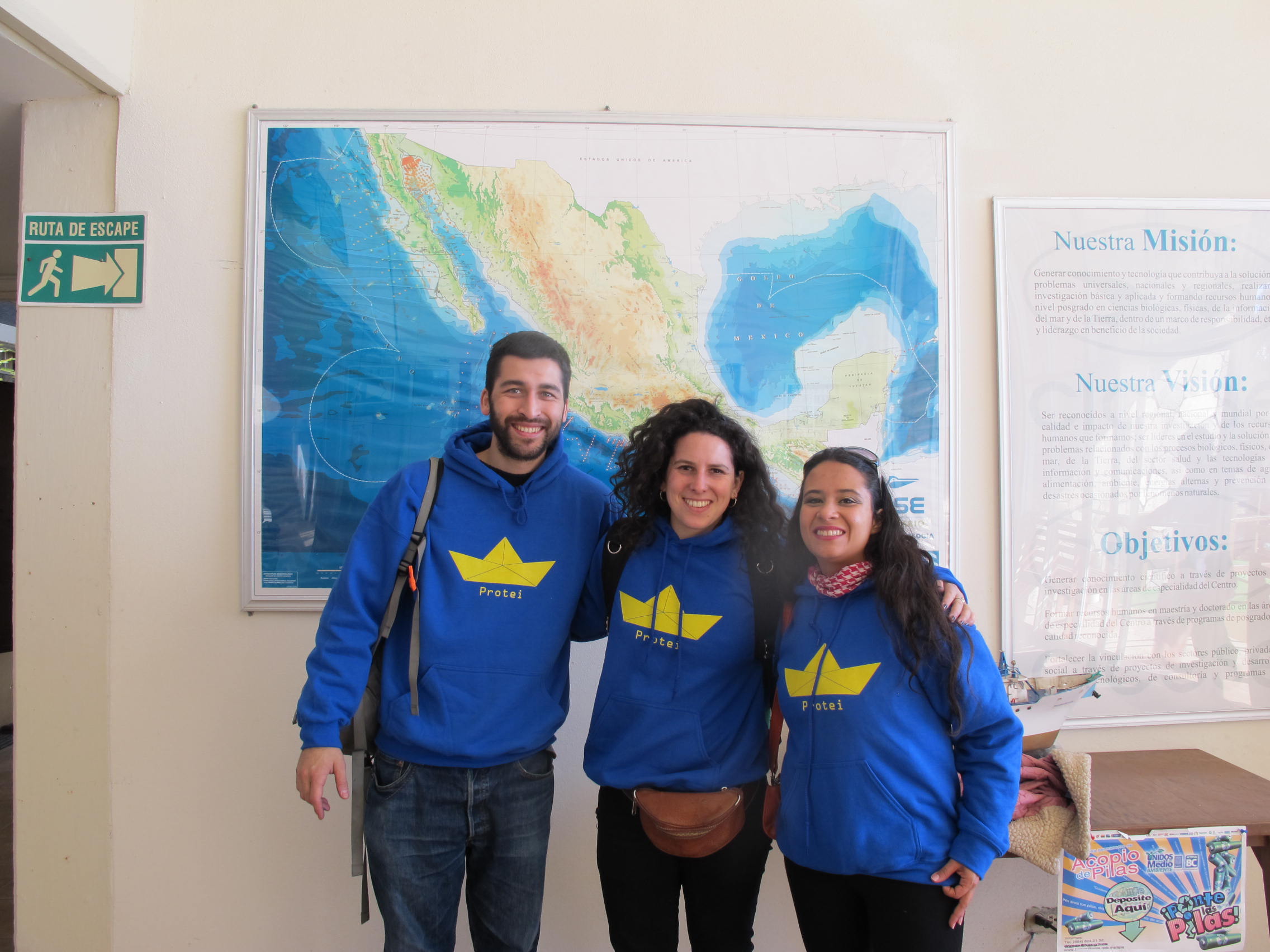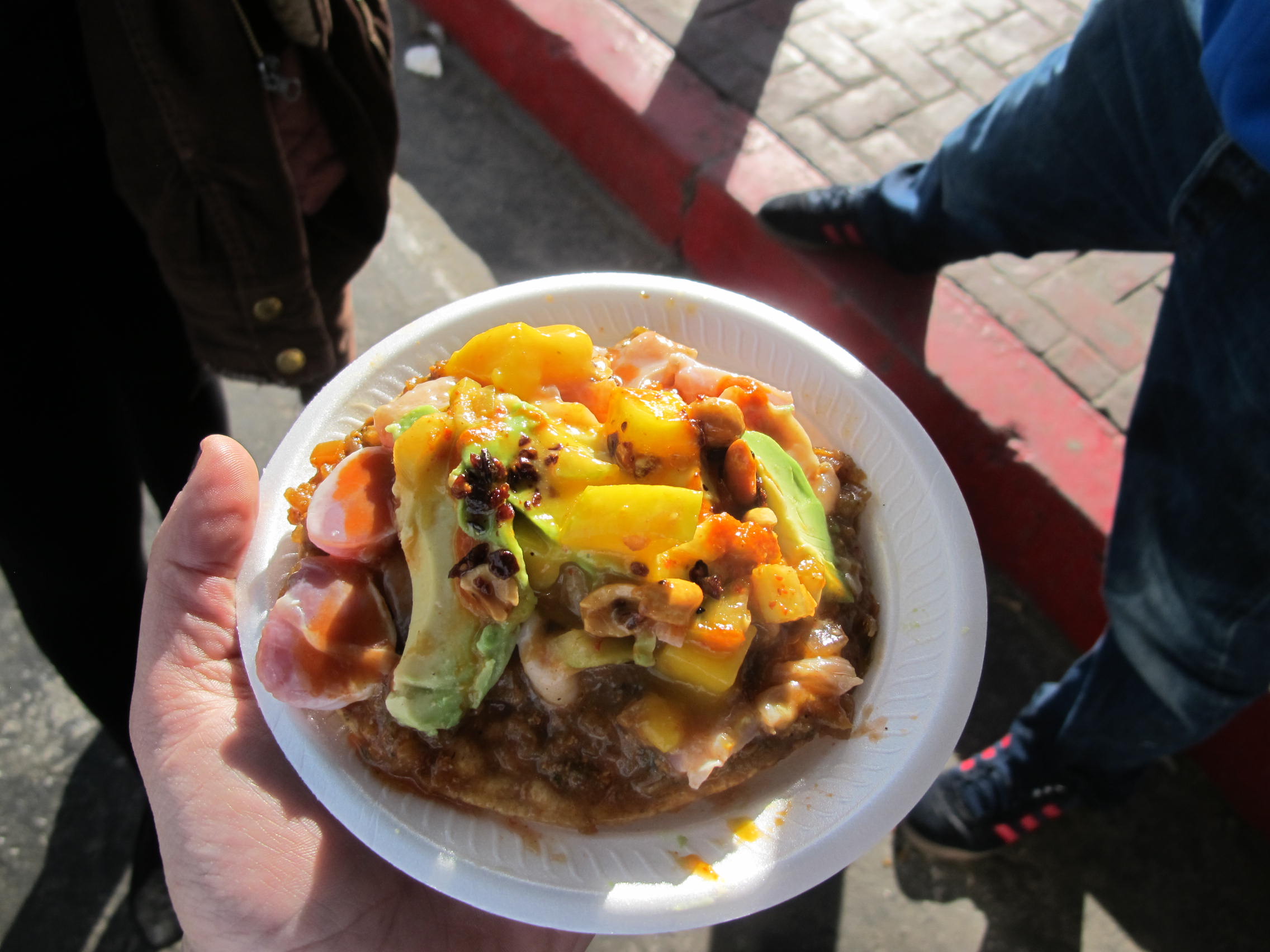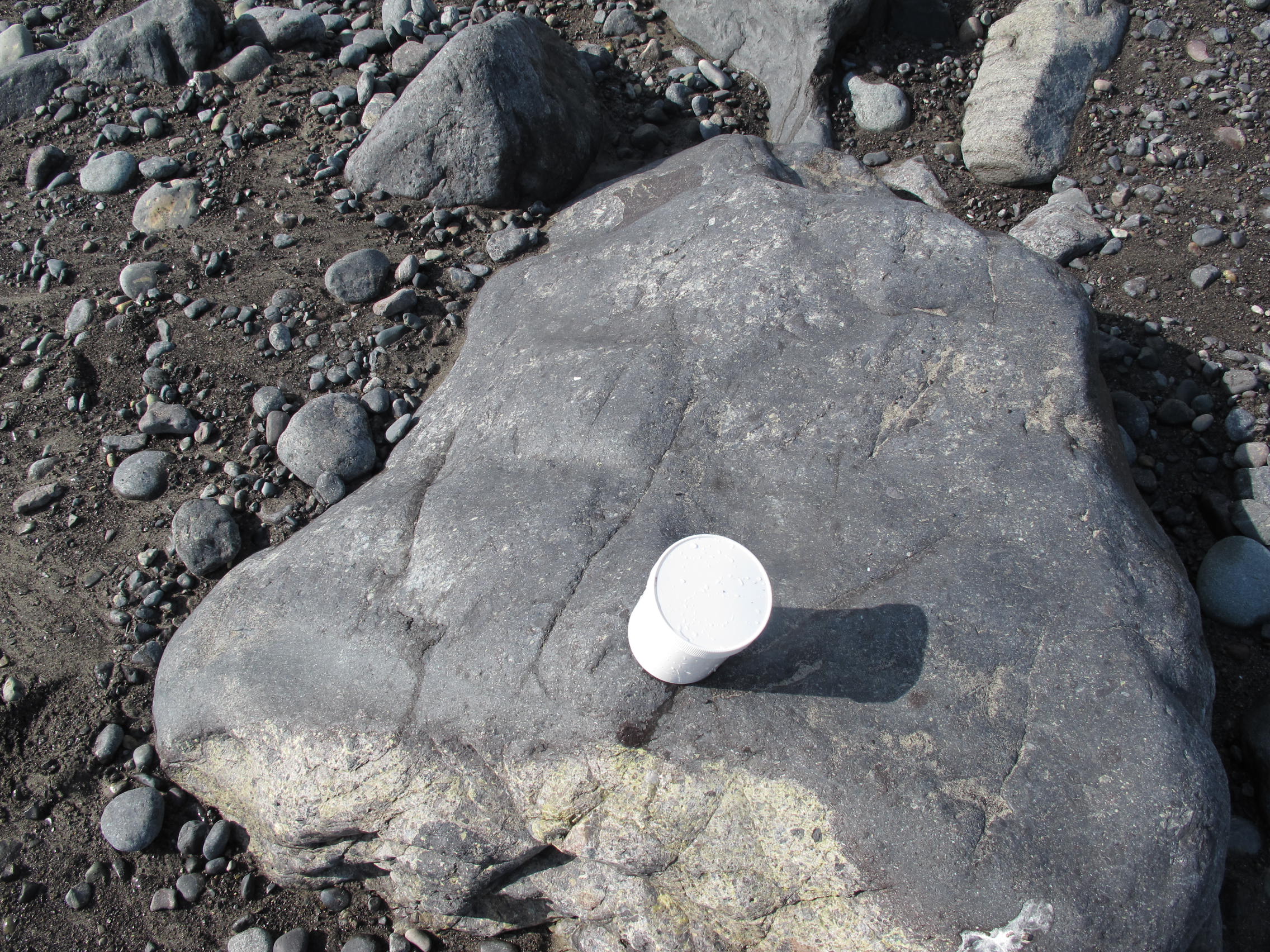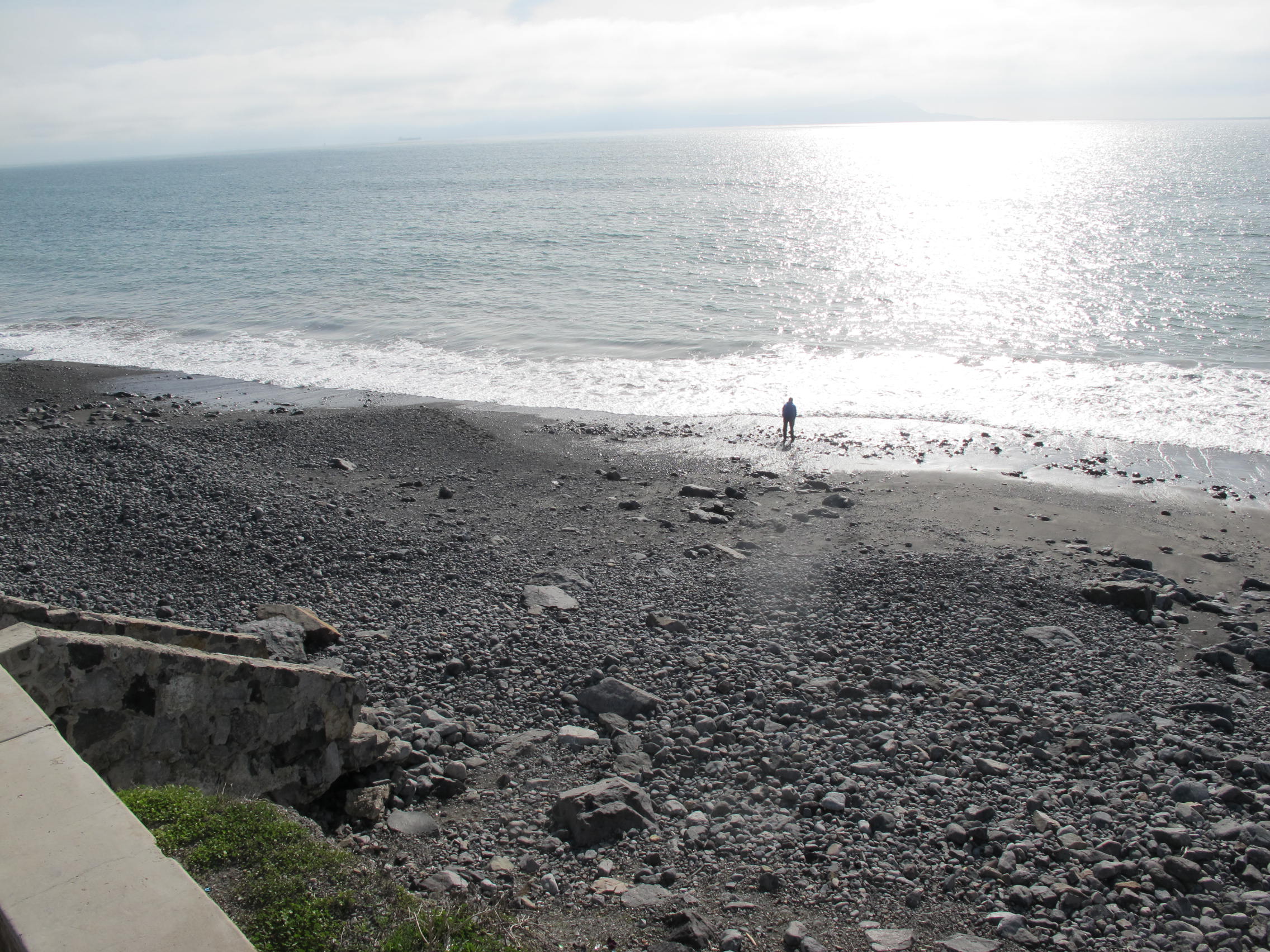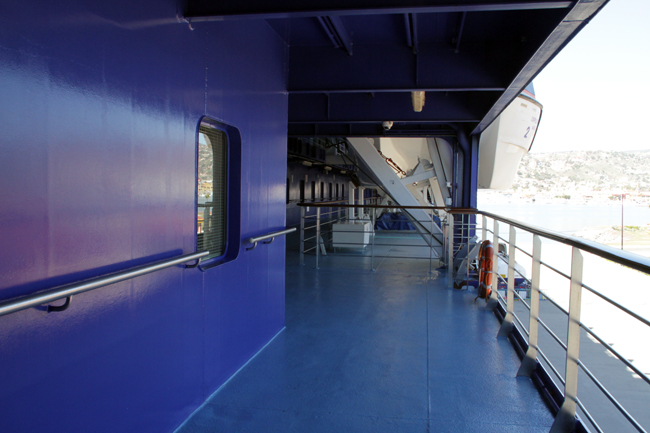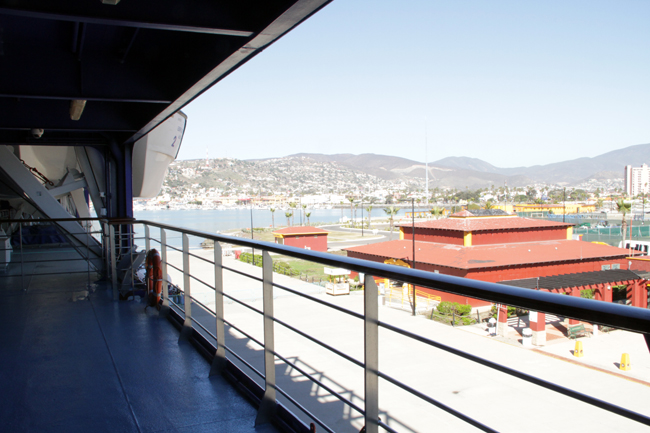Unreasonable At Sea Day 3
I sit in the student Union and the ship has departed 3.5 hours ago from Ensenada, heading to Hawaii. http://unreasonableatsea.com/?page_id=93
It is DEFINITELY rocking, there is someone near me who has already taken ill, and there is a sliding door in the auditorium that is creaking as the ship rocks. Seasickness… hasn’t hit me, luckily . what a mystery.
But travelling in the winter, through the pacific, leads to perhaps a rocky ride.
My day in numbered format:
1. breakfast at 6:30
2. a bit of work and a few calls, including some admin / logistics for Protei INC back in NYC, while Cesar collected another water & opflex sample
3. We met Julia from Amorphica and walked to get coffee at a cafe. We talked a bit about Protei and Amorphica working together in the future. Would Amorphica be interested in being a part of the process of manufacturing Protei? Would Mexico be a perfect sopt to manufacture Protei? Would Amorphica be more interested in some of the Oh2O research?
4. We met Aimee, a friend of Lina, who we met last night, who kindly drove us to the Biological Oceanography Department of the Oceanology Division at CICESE to meet with Helmut Maske, researching Plankton Ecophysiology. We had a long chat with him and his PhD students, Mary Carmen, working specifically with surface temperature stratification and its implications on the transport of surface algal blooms (or red tides). The goal of the meeting was to see what type of water samples we could effectively take while at sea and while at ports, what we might be able to test for (including plastic trash, biological particles & metals, and how we might filter for these particles. Some more notes & photos are below.
5. We Head back to the area of the ship, via taxi, with Julia. We stopped to grab food at an awesome food card called Sabina Bandera, according to Anthony Bourdain, an unimposing looking cart in a corner. It was the 2nd delicious Ceviche I’ve had in Ensenada. It was super delicious.
–>on the way back, we stopped to take some water samples by the bay.
6. We board the ship, a roommate moved into my room, sadly as it sounds, but it shall be good to be a sardine like all the others.
–>One cool thing is that we get 25 hour days due to gaining one hour each day
Welcome in the union: special welcome to desmond tutu, who is the:
–son of 4 children, father of 7 grandchildren, husband of lia, 3rd semester at sea voyage
Students can call me father or arch, but not by my first name . Faculty can call me father or arch or desmond. Just please say it nicely.
Notes from the lab:
>>Plastic trash & toxicity can be tested, but using specific instrumentation. A good place to get samples from is from the cooling intake of the ship. Testing Chlorophyll closer to the coasts especially near Hawaii and Japan will be interesting. Chlorophyll Fluorescence sensor, a dissolved organic fluorescence sensor, and a phycobilic protein fluorescent sensor could be interesting. Check out : WET LABS and SEA Bird for sensor companies, both based in oregon. 3 channel sensors, about 8,000 dollars, 12V power intake, possible have serial signal output. We can also buy a sensor for CTD: temp, salinity, depth. We can also look for CDOM (color dissolved organic matter), looking at different organics with different properties. Oxygen however isn’t interesting to measure, but salinity and temperature are. So Temp, CDOM, and Chlorophyll as we move towards Japan and Hawaii coasts would be of interest. Then we got into talking about radioactivity dispersion, and he mentioned the interesting point that there is much history of bombs being used to study the circulation of oceanic matter.
Then, about plastic trash: filters for plastic will pass the garbage patch, and he said that as we can visually see the garbage as we sail, we could ask some of the sea men on board to grab some water samples for us in a milk jug. We can also use a fishing net with fine mesh because most of the trash is tiny, about 1mm. We went outside to see some of his equipment that he has developed for water sampling, and he mentioned a few times Bigelow Labs, and Barney Balch who samples from halifax to portland, ME.
Seeing dissolved organics: use fluorometer, but it will be hard to see in low concentrations. We cannot see bacteria but bigger phytoplankton with a 400x microscope. To get higher concentration, use a centrifuge then filtration. But how can we get this equipment on board in a practical way? Well, we can get a manual filtration pump and inline 47 or 25 mm filter holders. We could then fix the samples in counting chambers using lugol, and use fluorescence to search for chlorophyll.
–>Micro-Manager is an interesting software, javascript based, open source
–$500-3000 dollars / day for a research vessel, in the US up to 10K/day for 15 passengers.
–He will write a proposal within the year on researching the oxyminimum zone between baja and Chile; Protei vessels can be both useful for studies off the coast of la paz, bahia navidad, as well as much help with mary carmen’s research on surface transit of red algae. None of the samples thermistors or gps data currently are real time or unmanned. She goes out there and measures manually with instrumentation that is left there.
See photos here : http://www.flickr.com/photos/52250666@N02/sets/72157632486359554/
NOTE: add some photos here
